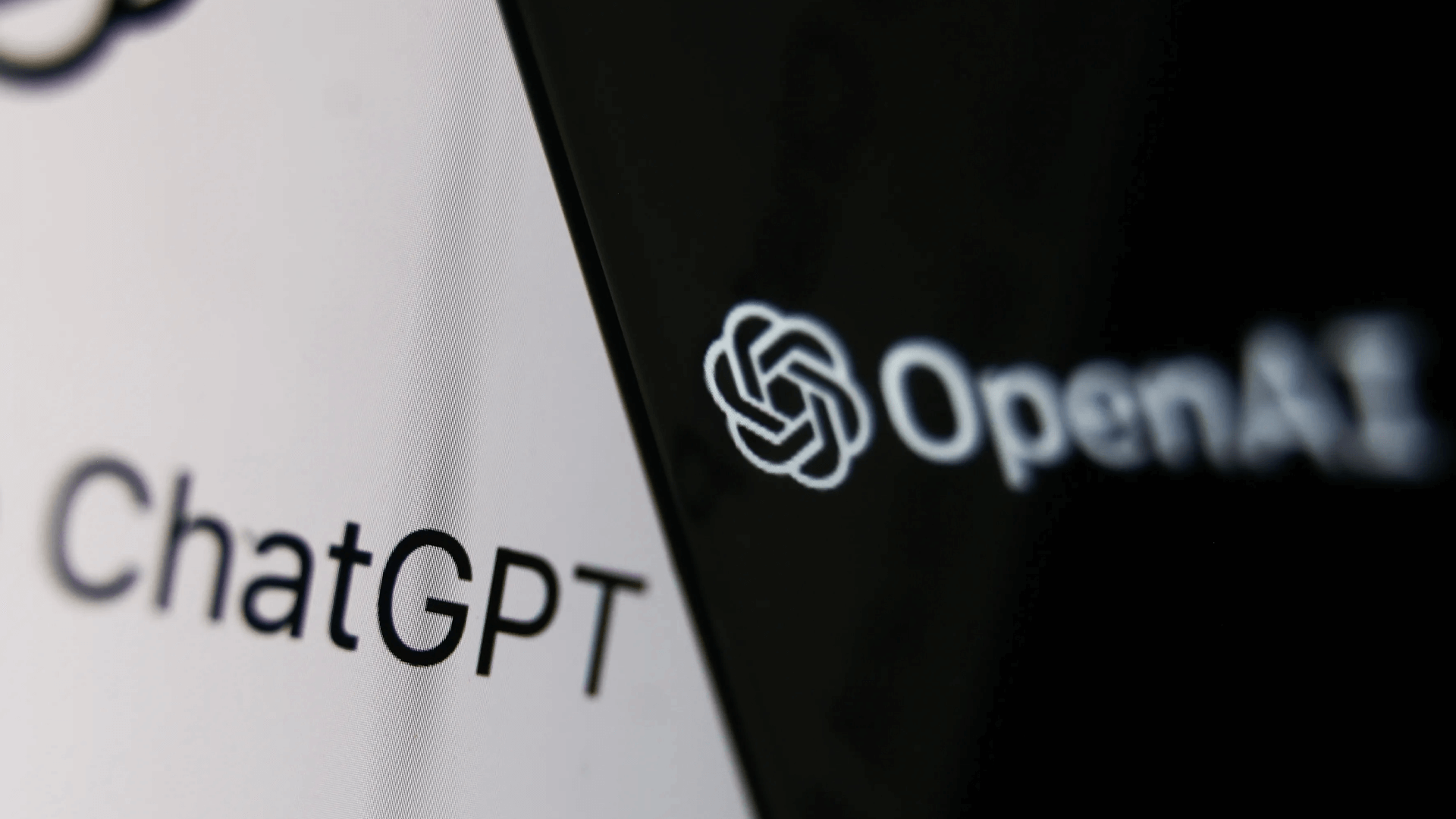ChatGPT Overview: Capabilities, Technology, and Future Potential
ChatGPT Overview: Understanding the Power of This AI Chatbot
ChatGPT, a close sibling of InstructGPT, is a large natural language model chatbot developed by OpenAI based on GPT-3.5. This ChatGPT overview explores its remarkable ability to interact in conversational dialogue and deliver surprisingly human-like responses.
To achieve this, training was done using supervised learning and Reinforcement Learning with Human Feedback (RLHF), making ChatGPT a powerful AI text generation tool. Launched as a prototype on November 30, 2022, ChatGPT quickly garnered attention for its detailed responses and articulate answers across various domains of knowledge and use cases.
Capabilities of ChatGPT
ChatGPT’s dialogue format allows users to pose questions and follow-up questions, enabling it to remember earlier comments and generate content within context. This ChatGPT overview highlights some of its key functionalities:
- Answering Follow-Up Questions: ChatGPT can handle follow-up questions without needing to restate previous inputs.
- Admitting Mistakes: It can acknowledge and correct errors it has made.
- Rejecting Inappropriate Requests: The model can refuse unsuitable requests and challenge incorrect premises.
What Can ChatGPT Do?
ChatGPT has been utilized for a range of tasks, including:
- Marketing Content Creation: Generating compelling marketing materials.
- SEO Blog Posts: Writing optimized blog posts to improve search engine rankings.
- Functional Code Writing: Developing and debugging code.
- Content Generation: Acting as a persona for various content needs, such as news anchors or interviewers.
- Mathematical Problem Solving: Solving complex mathematical equations.
- Idea Brainstorming: Providing creative ideas and suggestions.
- Summarizing and Formatting Text: Offering concise summaries and formatting text for clarity.
- Music Composition: Composing original music.
- Translation and Data Extraction: Translating content and extracting data from text.
How Does ChatGPT Work?
This ChatGPT overview explains that the model uses a large language model trained on extensive text data from books, Wikipedia, and web pages. When ChatGPT receives input, it generates a response based on its training. The inclusion of Reinforcement Learning further refines its outputs to reduce harmful, untruthful, and biased responses.
Can ChatGPT Replace Google?
While ChatGPT is a powerful tool, it is unlikely to replace Google search entirely. ChatGPT does not have direct access to search engines or the ability to crawl the web for up-to-date information. It relies on data from its training, which dates back to 2021. For the latest information, using Google alongside ChatGPT is recommended. The future may see integrations like WebGPT, but for now, Chatsonic is a notable alternative.
Is ChatGPT Free?
ChatGPT is currently free to use during OpenAI’s feedback period. Users can access it via the official website by creating an account. The chat playground allows experimentation with the tool.
What ChatGPT Stands For
ChatGPT stands for “Chat-based Generative Pre-trained Transformer.”
Is There an App for ChatGPT?
Currently, there is no dedicated mobile app for ChatGPT, but OpenAI is working on one. The app will enable access to ChatGPT from smartphones and tablets and is expected to launch in the coming months.
The Future of ChatGPT
This ChatGPT overview concludes with a look at its potential future impact. While it may not replace search engines entirely, its capabilities are expected to grow, becoming a vital tool for information retrieval and playing a significant role in the Web 3.0 era alongside technologies like Blockchain.




